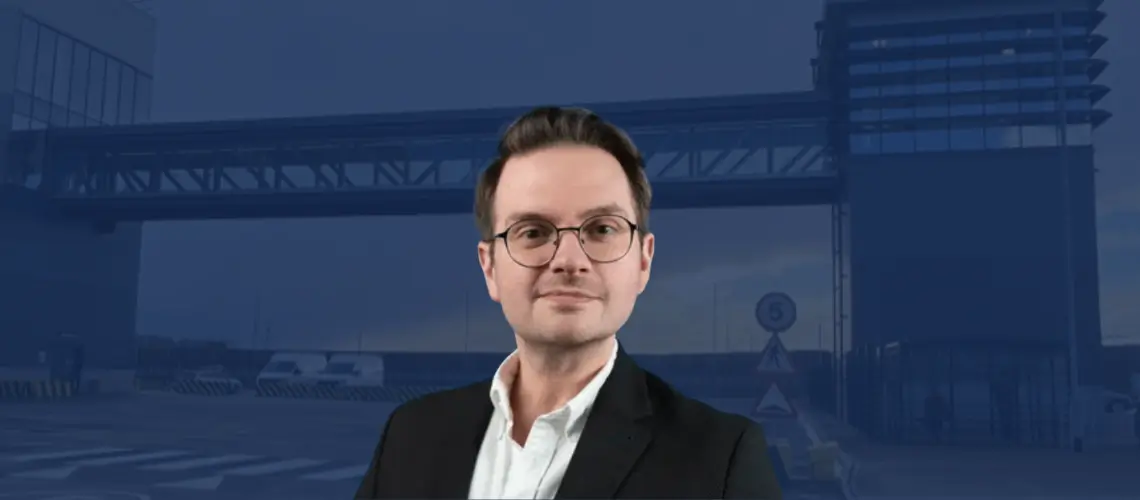When one of the UK’s leading retailers opened its newest distribution centre, it marked far more than another logistics milestone. Designed as both a regional hub and a national returns and equipment facility, the project represented a shift in how large organisations approach scale, technology, and decision-making.
Drawing on insights from Matthew Wallis, Head of Infrastructure Projects at a major UK retailer, this article explores how strategic foresight, disciplined governance, and a strong project culture can transform a complex build into a long-term strategic asset.
Strategic Positioning For A National Network
As retail networks expand across the UK, distribution planning grows increasingly complex. Many organisations find their existing logistics footprints reaching capacity, particularly in regions around London and the South-East.
The location for this project was selected through a rigorous assessment of service coverage, infrastructure access, and growth potential. Positioned along a major transport corridor, the site bridges two of the country’s most dynamic trading regions – the capital to the south and the Midlands to the north.
From a network-planning perspective, the site provides a balance of speed and flexibility. Analytical tools similar to the centre-of-gravity model helped planners visualise how a single facility could optimise transport distances across dozens of stores while mitigating rising costs and environmental impact. The result: a distribution node capable of supporting dense urban markets while extending reach across the national footprint.
Breaking The Mould: Building At Mega Scale
Traditionally, the organisation’s distribution centres followed a compact, repeatable blueprint – proven for cost efficiency and operational consistency. But this project required a rethink. The scale of the land parcel, the strategic importance of the location, and forecasts of future demand pointed to an opportunity to build something far larger: a “mega shed” exceeding 1.2 million square feet.
This was not a decision made lightly. It represented a deliberate departure from precedent, guided by a rational decision-making process rooted in long-term value rather than short-term convenience. Multiple growth scenarios were evaluated, balancing capital expenditure against operational resilience and automation potential. The conclusion was clear: capacity built today would unlock agility tomorrow.
The facility houses an Automated Storage and Retrieval System (ASRS) extending eight metres below ground and twenty-six above – holding around 70,000 pallets. By going vertical, the design maximises cubic efficiency, reduces travel time, and creates a platform for continued automation.
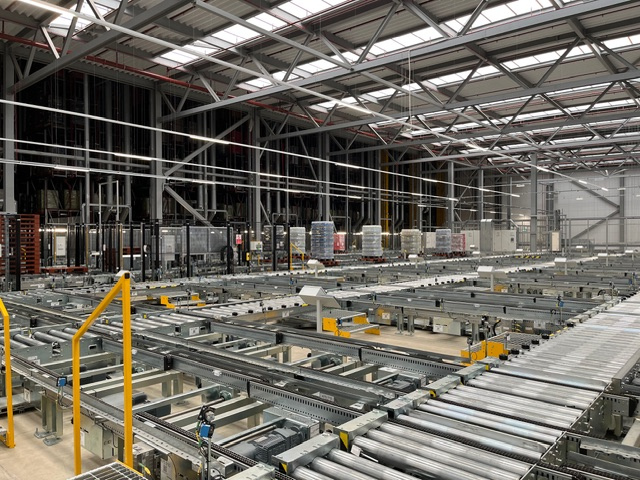
Technology Meets Operational Reality
With innovation comes complexity. The ASRS required precise integration with a brand-new Warehouse Management System (WMS). Implementing both simultaneously introduced a significant challenge: how to deliver reliability at go-live while embedding unfamiliar technology into daily operations.
Rather than opting for a “big bang” deployment, the project team adopted an incremental approach – phasing the WMS through iterative testing, user feedback, and staged commissioning. This created space for learning and adaptation while maintaining overall programme discipline.
Cross-functional collaboration between IT, logistics, and operations was essential. Each function held partial ownership of outcomes, creating a shared sense of accountability that extended beyond job titles or departments.
(At DTE, we often see this principle mirrored in warehouse technology rollouts – where connectivity, structured cabling, and reliable IT infrastructure determine how successfully automation can scale. The physical and digital layers must evolve together for technology to deliver operational value.)
Governance That Enables, Not Restricts
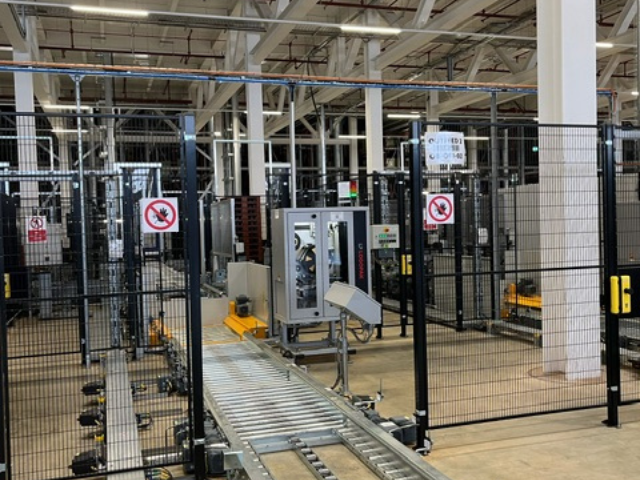
Large infrastructure projects often fail when governance becomes bureaucracy. Here, the team avoided that trap through clear accountability and constant communication across all streams. Decision rights were well defined, but teams were trusted to act within those boundaries without constant escalation.
A simplified Vroom-Yetton-Jago decision framework balanced participative and consultative styles. Senior management engaged at key investment and risk thresholds, while operational leads were empowered to make tactical calls in real time.
By structuring governance around triggers rather than hierarchy, the project achieved both compliance and agility – creating an environment where informed decisions could happen quickly, backed by data, experience, and mutual trust.
Adapting Through Challenge & Change
Even with robust planning, the build faced moments of uncertainty. Integrating new systems, managing external partners, and working at unprecedented scale required continuous adaptation.
Early resistance emerged to the idea of deviating from the organisation’s familiar RDC model. The team responded with openness and communication, applying principles similar to Kotter’s eight-step change model: building a guiding coalition, communicating vision, and celebrating early milestones.
This mindset shift – from “why change?” to “how can we?” – proved pivotal. Flexibility became a defining project value. When design, system, or process challenges arose, teams adjusted rather than stalled, supported by leadership who saw change as progress, not disruption.
People & Culture: The Decisive Factor
Technology and governance structures are enablers; culture determines success. In this project, the delivery and operational teams created a culture of partnership, where engineers, project managers, and end users worked together seamlessly.
Regular knowledge-sharing sessions, transparent issue logs, and open forums replaced siloed reporting – creating a powerful, collaborative mentality.
This empowered culture extended to decision-making. Instead of waiting for instruction, teams were encouraged to identify problems and propose solutions. Leadership visibility on site reinforced confidence, while psychological safety allowed candid conversation about risks and improvements. The result was not only technical and operational excellence but also a collective pride in ownership of the project and building.
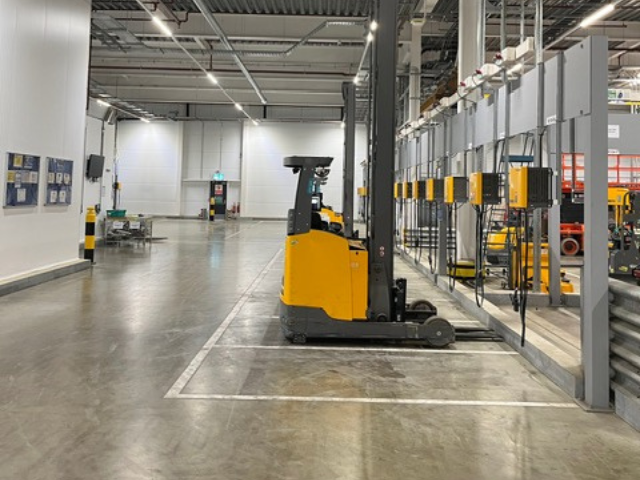
Strategic Impact & Lessons Learned
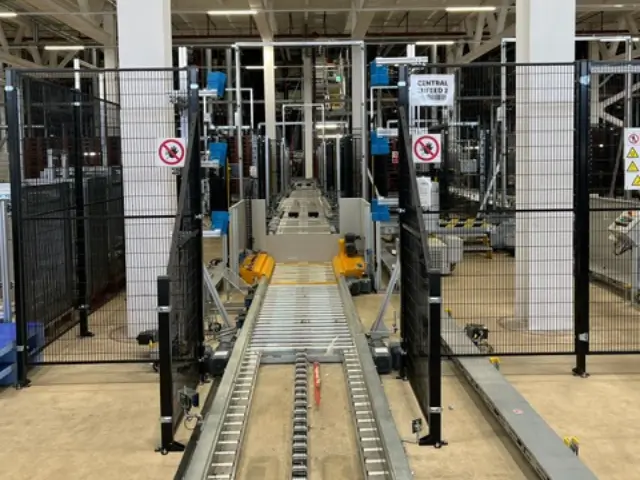
The completed facility now anchors a key part of the retailer’s logistics network. It increases national storage capacity, reduces haulage distances and emissions, and enhances returns processing efficiency. More importantly, it demonstrates that scale and agility are not opposites – they can coexist when guided by the right decision logic and empowered people.
Three lessons stand out:
- Strategic foresight must drive infrastructure investment – planning for tomorrow’s network, not today’s constraints.
- Flexible governance accelerates decision-making without sacrificing control.
- Culture and collaboration transform complexity into capability.
Conclusion
This project represents a new chapter in how modern retailers think about logistics, leadership, and long-term value creation. By uniting analytical rigour, bold design, and an empowered team culture, it shows that the real foundation of a modern warehouse isn’t concrete or steel – it’s the quality of the decisions that shape it.
Across the warehousing and logistics sector, similar lessons are being applied as facilities look to future-proof their operations. At DTE, we help organisations ensure that the physical infrastructure – from Wi-Fi design and installation, to electrical systems, data cabling, and IT hardware supply – supports that same vision of scalable, intelligent, and connected growth.
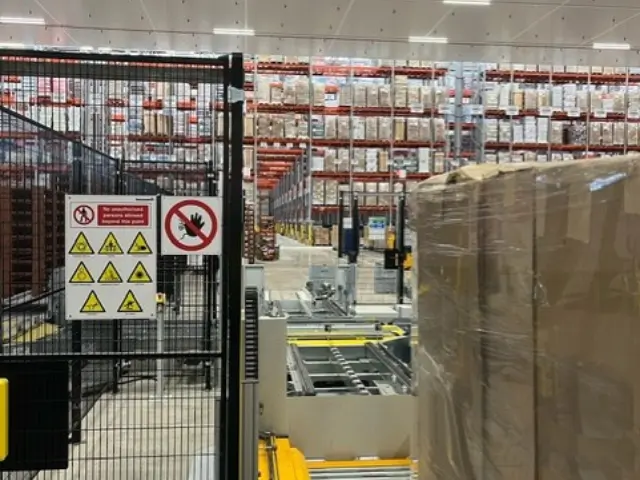
Partner With DTE To Buld Connected, Intelligent Warehouses
Your operations depend on speed, reliability, and connection and that’s exactly what we deliver. With fully integrated electrical, data, and Wi-Fi systems, you get the power, coverage, and control needed to keep automation, robotics, and real-time processes running smoothly. Whether you’re expanding capacity, upgrading your network, or building for the future, our solutions are designed around your performance goals, ensuring your infrastructure stays seamless, scalable, and resilient. So when uptime, efficiency, and innovation are non-negotiable, DTE gives you the confidence that your technology will perform as hard as you do.

Written by Carl Resch
Head of Marketing
Carl Resch is DTE’s Head of Marketing, bringing over 10 years of experience in shaping strategy, driving brand growth and delivering impactful campaigns. CIM-qualified, he enjoys understanding what resonates with audiences and creating clear, purposeful content that gets straight to the point.
Speak With An Expert
Submit your details below and we’ll be in touch.

